| Topic: Best Coffee Houses in your area or that you have visited. | |
|---|---|
|
Edited by
gibbs1602
on
Sat 05/03/14 09:24 AM
|
|

After tossing a coin into Fontana di Trevi, a heavy day of walking, tasting coffee and ogling at every street corner marvelled at the Spanish Stairs, what next? I thought you would we should take a walk to beyond the Tiber cross the river via the stone footbridge, Ponte Sisto, to Trastevere, a charming medieval neighbourhood with a fiery temperament. A stroll around Trastevere, a formerly working-class district with a heady nightlife, will take you away from the crowds to the hidden corners of Rome. Locals and tourists flock to Trastevere to enjoy its lively nightlife: shutters are raised to reveal bars and night clubs across the neighbourhood, trattorias fill to bursting point with eager diners, and groups gather in the streets smoking and chatting. Take your pick of trattorias, pizzerias or fine dining - Da Corrado is a small, family-run trattoria in Via della Pelliccia serving authentic Roman cuisine, then onto the bustling Ma Che Siete Venuti on Via Benedetta has beers from Italy and beyond. For some of the cheapest beer in Rome, go to buzzing Bar San Calisto on Piazza di San Calisto and soak up the vibrant atmosphere on the terrace with a heavenly chilled Peroni. It’s a great spot to end your perfect day in Trastevere. Tomorrow is Sunday and Porta Portese's enormous Sunday flea market sells everything from antiques to clothes BUT prepare to bargain hard! |
|
|
|
|

|
|
|
|
|
|
Edited by
gibbs1602
on
Sat 05/03/14 09:22 AM
|
|

With the typical attitude of a Trastevere dweller, He kept going, and his whimsical way of walking Disguised the progress of a Paladin, One who could compete with the toughest; Then, in the very center of Campo Vaccino, A place where to learn how to fight with stones, He stops and says......from Giuseppe Berneri (an excerpt) |
|
|
|
|
|
Salute!
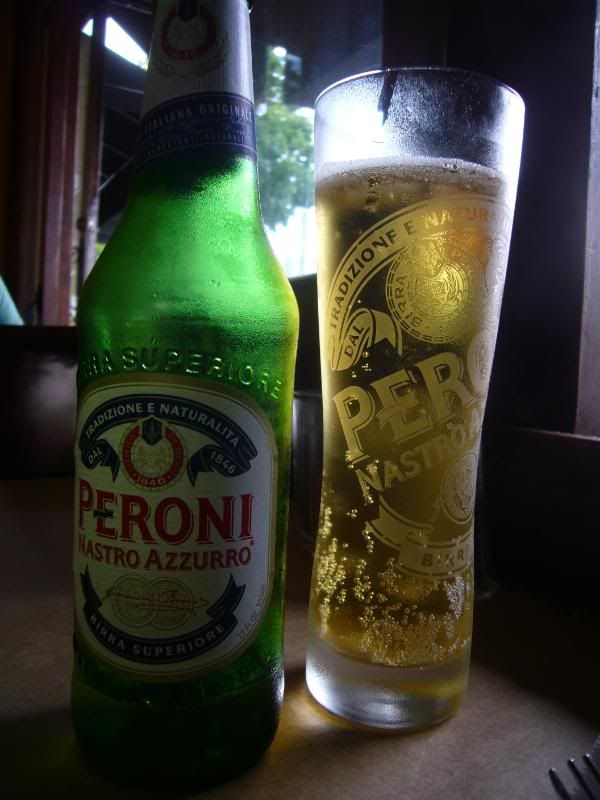
|
|
|
|
|
|
Edited by
no1phD
on
Sat 05/03/14 09:36 AM
|
|
 .hi.u. .hi.u. :-):-* :-):-*
|
|
|
|
|
|
this is where I get most of my coffee from..
 . .

|
|
|
|
|
|
Edited by
gibbs1602
on
Sat 05/03/14 03:00 PM
|
|
|
works for me - is this what the locals drink too? here it is Nespresso coffee machines - they're in homes and businesses as well.
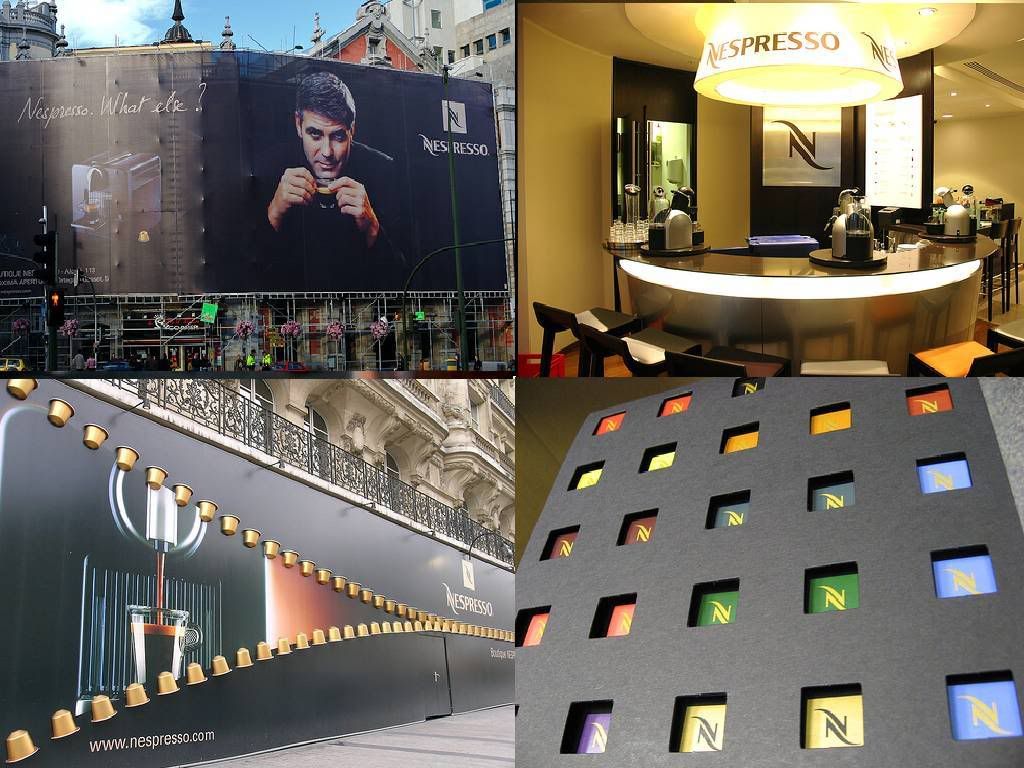
an ad from the Vienna city centre. 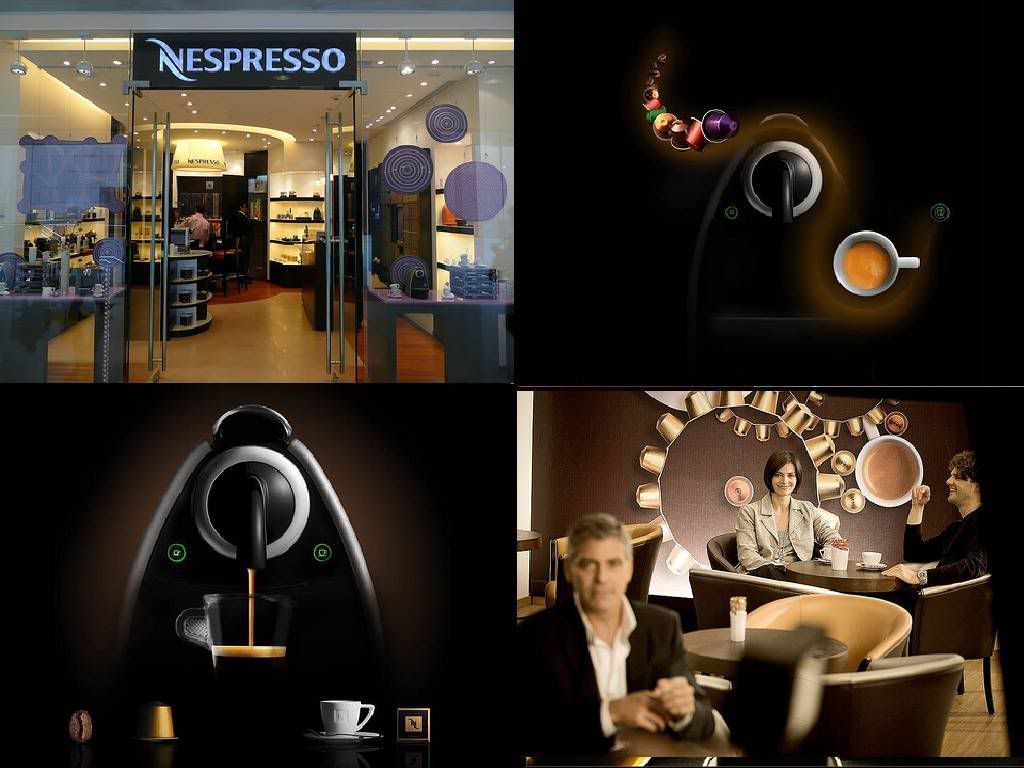
What the home machines look like. |
|
|
|
|
|
Edited by
gibbs1602
on
Sun 05/04/14 03:10 AM
|
|
|
The Great Italian Coffee
The history of coffee has been documented as early as the tenth century AD, where its use was largely restricted to the native beans of Ethiopia. Here highlanders first farmed the coffee plant, however it was the Arabs who saw the trading potential and sold the beans to northern Africa where mass-cultivation occurred. Early 14th Century explorers upon seeing the coffee drinking in the near east labelled it as a drug, reporting the many medicinal benefits from consumption in the morning. From there, the beans entered the European and Indian markets in the 17th Century, where the popularity of the coffee became widespread, as the �'the wine of Arabia��' Coffee was first introduced to Europe from Egypt through the Italian city of Venice, where a flourishing trade between the local businessmen and Arabs enabled a large variety of commodities and goods to be imported. Merchants sold this coffee to the wealthy in Venice, charging them greatly for the privilege of drinking this exciting new beverage. Due of it'��s eastern roots, coffee in Italy was at the outset considered a sinful and deemed as an Islamic threat to Christianity. However its popularity grew regardless, and Pope Clement VIII upon wisely sampling the heathen drink was instantly enamoured by the unique taste and aroma. Consequently, it was decided that far from religious conspiracy, it would be a great sin to banish such a delightful drink and thus it was deemed Christian beverage - giving rise to the first Italian coffee house. Named for the beverage that it served, the first caffee, or cafe, in Venice opened around 1683 and soon became synonymous with comfortable atmosphere, conversation, and good food, this adding romance and sophistication to the coffee experience. Historically most Italian coffee is brewed strong, and fast in the form of espresso, which is perhaps why this country developed various milk based coffees such as the cappuccino and latte. The incentive to develop this type of coffee was not due to its superior taste, but a shrewd 18th Century Italian businessman who sought to reduce the time his workers spent on their morning coffee break. Thus a lever driven machine was developed to force water through tightly packed ground coffee, incidentally creating a stronger more aromatic brew. Although the strong association between Italy and coffee can be deemed somewhat of a misnomer as only humble amounts are grown in this country, early Italian culture welcomed the drink as if it were their own and did much to advance its status of the beverage worldwide. The influence Italians have made on coffee throughout world has continued from the 17th Century through the tradition of high quality espresso coffee; this inspiring the proliferation of retail coffee giants and specialty coffee roasters encountered today. Here we see the constant recreation of the stylish, attractive, and relaxing environment of the Italian cafes and classic Italian renditions of coffee served. Nowadays we can enjoy the same atmosphere and superior taste even at home, where domestic coffee machines, serve genuine Italian espresso just as if it served in a cafe�. ©www.thegreatitaliancafe.com Time for a Cafe Moka Cafe Moka is different from an espresso, in that it is traditionally a lighter a less intense coffee, traditionally enjoyed by Italians as their morning beverage, with or without a small amount of milk. Previously made with a percolator or stovetop coffee maker, I use my Nespresso machine. Basically coarsely ground coffee is placed in middle chamber, with heat-pressured water from the bottom passing through the top compartment, where a full bodied, slightly bitter brew is created. 
|
|
|
|
|
|
Edited by
gibbs1602
on
Sun 05/04/14 01:38 PM
|
|
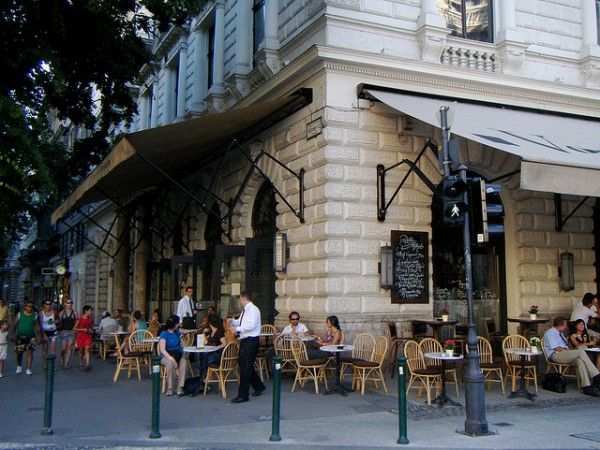
Sundowners with friends on a balmy spring afternoon: 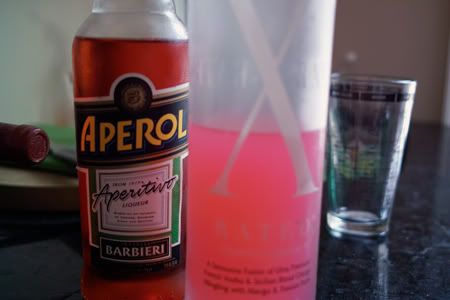
|
|
|
|
|
|
Edited by
gibbs1602
on
Tue 05/06/14 10:05 AM
|
|
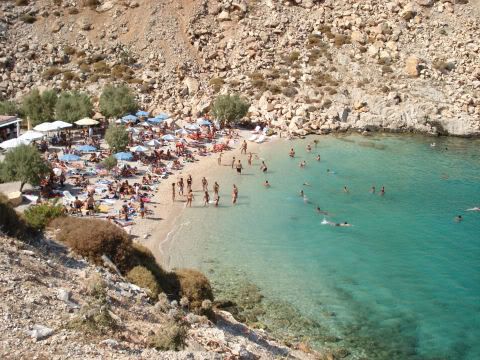
Glari, Chios - Aegean An ice cold frappe (in Greek pronounced frah-PEH) A favourite summer drink, frappe is a cool refresher on a hot day for coffee lovers. It's easy to make using instant coffee (decaf or full octane), and while it can be whipped, the traditional version is shaken ... never stirred. 
|
|
|
|
|
|
Edited by
gibbs1602
on
Wed 05/07/14 11:40 PM
|
|
|
Cappuccino Freddo:
Today's version of cappuccino was created in the 17th century when Venetian monks tried to dilute the classical Turkish coffee and added honey and milk to it. The coffee's colour was reminiscent of that of the race of Capuchin monks and hence the name. The summer version of cappuccino is enriched with crushed ice and cold milk froth, creating a layer above the coffee. This is the biggest rival of frappe, but it is not as strong as frappe, since it is filtered. Be very careful not to put too much sugar and froth, since your coffee can become a calorie bomb ... Put a little sugar, if you don'��t like it black, and two spoonfuls of froth. 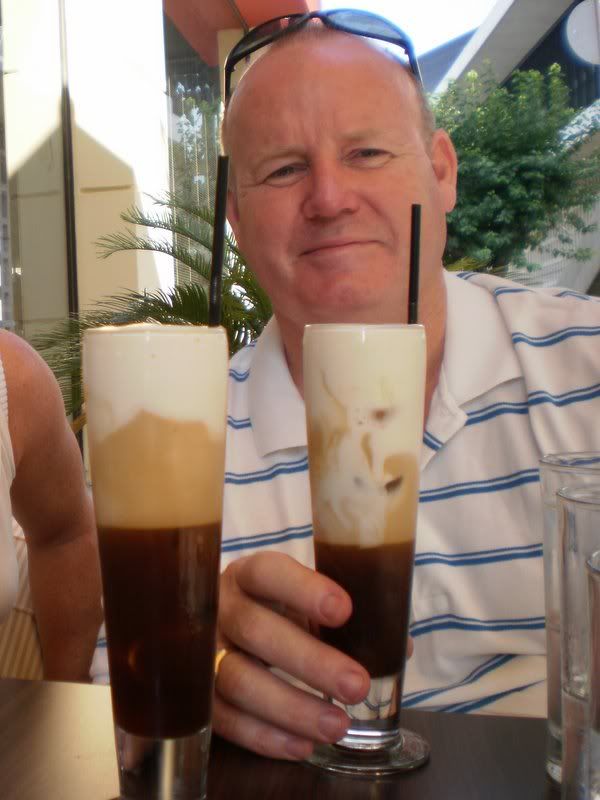
|
|
|
|
|
|
Edited by
gibbs1602
on
Sat 05/10/14 08:36 AM
|
|
|
The Schoenbrunn Castle has the most amazing little coffee shops....the Gloriette offers light meals, drinks and the most superb Austrian sweets. Coffee here is worth the walk and is such a treat for young and old alike, and if there are too many people we usually happy to share a table



|
|
|
|
|
|
Edited by
gibbs1602
on
Sat 05/10/14 09:57 AM
|
|
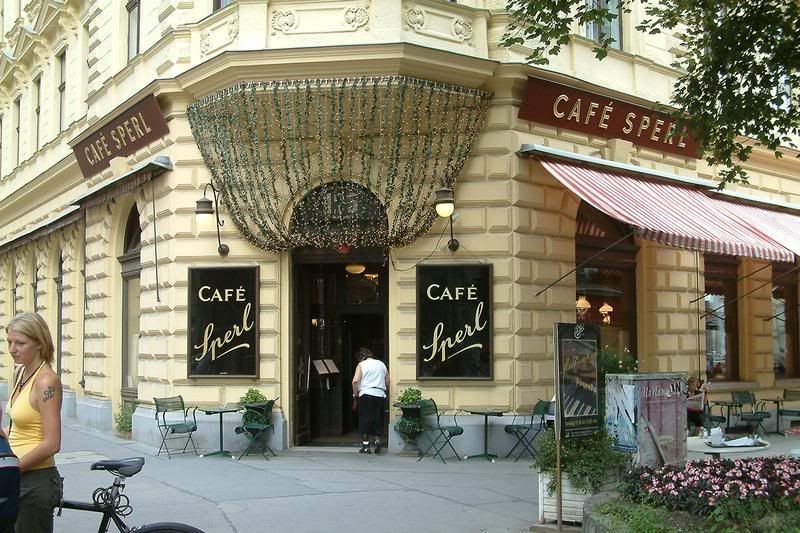
Our local haunt 
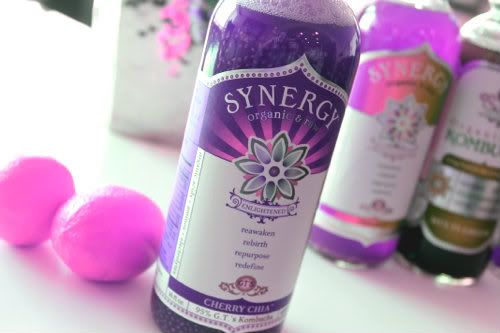
Too hot for coffee though 
Kombucha-wine-spritzer-with-Pinot-Grigio-with-lemons-and-Cherry-Chia-Synergy |
|
|
|
|







